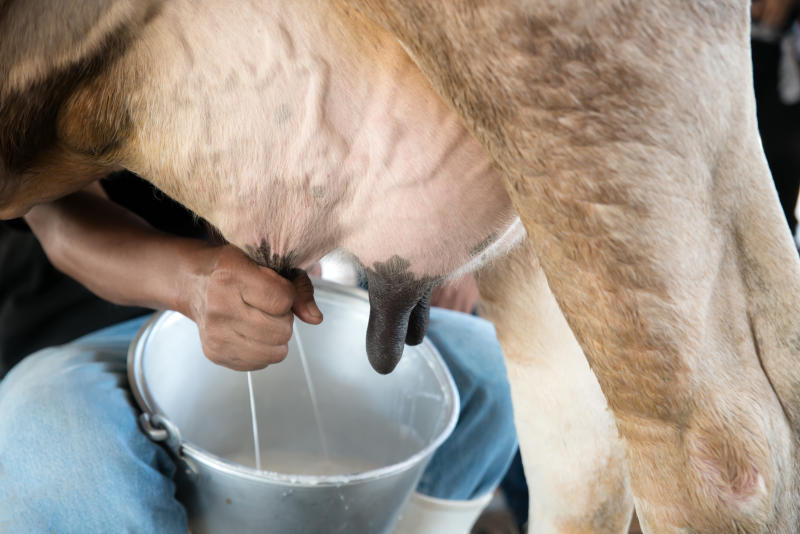×
The Standard e-Paper
Kenya’s Boldest Voice

Dear Daktari, I am regular reader of your informative articles. I have a farm in Oloishobor in Ngong. My first heifer gave birth without any complications. However, when it came to milking, I realised the udder was hard and produced very little milk. The udder is hard and warmer compared to the other body parts and is swollen. At first I thought this was normal but now I suspect all is not well. What could be the problem? Egidi